The Hierarchy of Survival Actions Since everyone is currently focused on surviving the COVID-19 (e.g. coronavirus) pandemic we thought that this would be a good time to discuss the hierarchy of survival actions – as dictated by the “Rule of Three”. For those of you not familiar with the “Rule of Three” it states that you can survive for 3 minutes without air/oxygen or in icy water. You can survive for 3 hours without shelter in a harsh environment. You can survive for 3 days without water (if sheltered from a harsh environment). You can survive for 3 weeks without food (if you have water and shelter). So what does the “Rule of Three” really mean? Well it’s pretty straightforward in directing what you need to focus on and how quickly you need to focus on it. After all, if you can’t breathe - you don’t need shelter. If you get hypothermia from the rain, heatstroke from the sun, or freeze from the cold - you don’t need water. If you are incapacitated or die from dehydration – you don’t need food. And, if you have a shelter and water, then knowing that you have 3 weeks to either improve your wilderness living situation, find a way to trek back to civilization, or help rescuers locate you, should greatly improve your mental condition – while you hunt and gather food.
As a specific example of this survival hierarchy, if you watch the TV “survival” shows (e.g. Naked and Afraid, Alone, Man vs. Wild, Dual Survival, etc.,) you can see that there is often a great difference between the initial actions that the experts and the novices take when dropped into the wilderness. Many of the novices start by trying to build a fire – something that may be important – but can take a significant amount of time and effort – and can prove to be very frustrating; a bad emotion to encounter on your first day in a survival situation. In contrast, you’ll notice that the experts normally try to find a good site for their shelter (near water if possible, sheltered from the wind, away from any flood plain and safe from any “widow maker” trees). Once they have located a good site they immediately try to build the best shelter that they can in the available time that they have before nightfall; knowing that they can always improve their shelter on Day #2 if they survive Day #1. As they collect materials for their shelter they might simultaneously gather materials to make a fire, but the fire is of secondary importance (especially since having a shelter will allow them to more easily build, light and protect a fire and any firewood they gather). Only once they have a shelter do they begin to focus in earnest on their needs for fire, a longer term water supply and how to acquire food. Rather than write a very long blog that still only superficially covers the vast amount of detail required to really prepare you for a survival situation, here’s a listing of six books that you might want to own so that you have access to the knowledge that the survival experts have honed over the years:
For more information on survival, especially what you might want to do to prepare for a potential short term disaster, you should check out our website’s “Camping/Maps and Books” and “Disaster Preparedness” pages. But, whatever else you do, please remember the “Rule of Three” - since it could save your life.
0 Comments
How to Enjoy the Outback and Leave it in a Condition for the Next Adventurers to do the Same Last week we received an email from Troop 325 of the Boy Scouts of America (BSA) - a troop located near San Diego, California - thanking us for all the camping and hiking tips on our HCS website. It turns out that when the Scouts from Troop 325 were writing their “Outdoor Code” principles they found a lot of ideas and helpful links on our site. As an Eagle Scout, and Philmont ranger, I’m always glad to receive positive feedback from Scouts – especially since the main reason we built our website was to pass on some of the knowledge, research, links, and tips that we’ve gathered over the years. Their email also got us to thinking that the “Outdoor Code”, and the ethos that it embodies, would make a great blog post. So that’s our topic for today. For those of you not familiar with the “Outdoor Code” it first showed up in Boys' Life magazine’s March 1954 issue, which featured "An Outdoor Code for Americans" and "BSA's Conservation Good Turn". The Good Turn was prompted by a request from President Eisenhower, challenging the Boy Scouts to raise public awareness about the importance of caring for our natural resources. Now, 66 years later, the Outdoor Code is probably even more relevant to all of our outback activities since there are more people out there enjoying the beauty and challenges that Nature has to offer. Since its initial publication in 1954 the wording of the Outdoor Code has changed slightly to keep up with the times. Here’s the latest version: As an American, I will do my best to…
For those of you not familiar with the Outdoor Code, you may have seen similar outback principles under the title of “Leave No Trace” – a movement that began in the 1960’s and 70’s when there was a significant increase in the number of visits to US National Parks. This movement eventually drove the United States Forest Service, in conjunction with the National Outdoor Leadership School (NOLS), to develop a national education program on “Leave No Trace” in 1990. Today one of the main drivers of the Leave No Trace activities is the Leave No Trace Center for Outdoor Ethics with their “The Leave No Trace Seven Principles” (© 1999 by the Leave No Trace Center for Outdoor Ethics: www.LNT.org). Their 7 Principles are:
The Leave No Trace Center for Outdoor Ethics has even refined their principles into 7 Principles for the Frontcountry:
Obviously, both the Outdoor Code and the Leave No Trace Seven Principles are great guidance for how everyone should act during their activities in the outback; with education hopefully more people will. So, back to Troop 325 - in addition to suggesting this whole blog topic, as a way of helping spread their knowledge they also sent us the link to an article that we hadn’t seen: "Leave No Trace: Low-Impact Campgrounds" from www.wristband.com, written by Michele Wheat. This article has some great information about “Low-Impact Camping Tips” and “How to Hike and Leave No Trace”. The article also has links to over 20 other websites with additional resources. You should give it a read. If you want more information on the Outdoor Code, or Leave No Trace, here are several links to other websites that you should check out:
“The Outdoor Code” https://outdoorethics-bsa.org/OutdoorCode.php “Outdoor Ethics Guide” https://www.scouting.org/outdoor-programs/outdoor-ethics-guide/ “BSA Leave No Trace” https://www.scouting.org/outdoor-programs/leave-no-trace/ ScoutSmarts – “The Outdoor Code (My Ultimate Guide For Any Scout or Troop)” https://scoutsmarts.com/the-outdoor-code/ “The Outdoor Code” https://scoutermom.com/1221/the-outdoor-code/ Leave No Trace https://lnt.org/ “The 7 Principles” https://lnt.org/why/7-principles/ “The LNT Seven Principles – Principle 1: Plan Ahead and Prepare” - https://lnt.org/why/7-principles/plan-ahead-and-prepare/ “The LNT Seven Principles – Principle 2: Travel & Camp on Durable Surfaces” - https://lnt.org/why/7-principles/travel-camp-on-durable-surfaces/ “The LNT Seven Principles – Principle 3: Dispose of Waste Properly” - https://lnt.org/why/7-principles/dispose-of-waste-properly/ “The LNT Seven Principles – Principle 4: Leave What You Find” - https://lnt.org/why/7-principles/leave-what-you-find/ “The LNT Seven Principles – Principle 5: Minimize Campfire Impacts” - https://lnt.org/why/7-principles/minimize-campfire-impacts/ “The LNT Seven Principles – Principle 6: Respect Wildlife” - https://lnt.org/why/7-principles/respect-wildlife/ “The LNT Seven Principles – Principle 7: Be Considerate of Other Visitors” - https://lnt.org/why/7-principles/be-considerate-of-other-visitors/ “Leave No Trace for Frontcountry” https://lnt.org/research-resources/leave-no-trace-for-frontcountry/ Leave No Trace Seven Principles https://www.rei.com/learn/expert-advice/leave-no-trace.html wristband.com - "Leave No Trace: Low-Impact Campgrounds" https://www.wristband.com/content/leave-no-trace-low-impact-campgrounds/ Tread Lightly https://www.treadlightly.org/ We Have Readers from All Over the World Like most websites, ever since we launched our Hiking, Camping and Shooting website we’ve tracked the statistics to see who our readers are and where they’re located. Recently we’ve had a few people ask who reads our site – so we thought that we would share some of our statistics with all of you. We have readers from all 50 States - with the largest concentrations being in the following 15 States:
We have readers from over 90 Countries around the world - with the largest concentrations being in the following 20 Countries:
The 20 pages and blog posts that people have read the most over the past 3 years are: Most of our readers find us either by searching on Google (52.3%) or by previously having been to our website and coming directly to us (31.2%). A much smaller percentage (4.8%) find us through our Hiking, Camping and Shooting Facebook page: The majority of our users view our website on either Chrome (49.8%) or Safari (27.5%) browsers: Hopefully this data shows you that you’re in good company as you read through our Hiking, Camping and Shooting gear write-ups and blog posts. Our wish is that they give you some information that will make all your adventures a little more fun. Wherever you’re from, we’re glad that you stopped by to look over our HCS website!
Giorgia Hofer Photography One of the things that we love the most about the outback is the clear night skies that allow you to see the moon and dramatic star scenes that are not visible from most locations due to light pollution. Many people try to capture the beauty of these sights, but in our opinion, few are as successful as Giorgia Hofer, an Italian photographer that’s a member of the Cortina Astronomical Association. One of her photos that we really like is “Lunar Curve”, which shows the position and phases of the moon over 28 days. Here’s a video showing some of Giorgia's beautiful work; “Starry Nights in the Dolomites”: If you want to see more of her spectacular nighttime photos, here are direct links to Giorgia’s website: - Nightscapes: https://www.giorgiahoferphotography.com/nightscapes - Moon: https://www.giorgiahoferphotography.com/moon - Astrophotography: https://www.giorgiahoferphotography.com/astrophoto Blog Post Update Note: This week we received a “Contact” note from Chris from Idaho that correctly pointed out that in our original blog post we had erroneously stated that Giorgia's “Lunar Curve” photo (which shows the position and phases of the moon over 28 days) was a composite of individual photos that were “taken from the same location at the same time of day”. Chris correctly stated that “When viewing the sky at a particular time of day, roughly half of the moon phases will never be visible. For example, it is physically impossible for a third quarter moon to above the horizon between noon and midnight.” Because of Chris’ comments we have corrected our initial post and thought that it would be a good idea to add some information about how to construct a moon phase photo similar to Giorgia Hofer’s - and how to take better nighttime photos of the moon. To that end – here’s a video about making a moon phase panorama: How to make a Moon Phases Panorama (DSLR Lunar Photography) And here are some other great information sources about shooting the moon: 1) Lunar Photography: How to Photograph the Moon https://www.adorama.com/alc/lunar-photography-how-to-photograph-the-moon/ 2) Ultimate Guide to Photographing the Moon https://iceland-photo-tours.com/articles/photography-tutorials/ultimate-guide-to-photographing-the-moon 3) Moon Photography TUTORIAL Guide and Tips As always, we appreciate Chris reading our blog and taking the time to point out our mistake so that we could correct it.
Knots You Need to Know and Help to Remember How to Tie Them This week we ran across an interesting article discussing the Massachusetts Institute of Technology’s (MIT’s) new mathematical model which predicts a knot's stability; “A New Mathematical Model Predicts a Knot's Stability” To examine the issue MIT mathematicians and engineers developed a mathematical model that predicts how stable a knot is based on several key properties, including the number of crossings and the direction in which the rope segments twist as the knot is pulled tight. "Empirical knowledge refined over centuries has crystallized out what the best knots are," said Mathias Kolle, the Rockwell International Career Development Associate Professor at MIT. But what exactly makes one knot more stable than another has not been well-understood, until now. "And now the model shows why." In comparing the diagrams of knots of various strengths, the researchers were able to identify general "counting rules," or characteristics that determine a knot's stability. Basically, a knot is stronger if it has more strand crossings, as well as more "twist fluctuations" - changes in the direction of rotation from one strand segment to another. For instance, if a fiber segment is rotated to the left at one crossing and rotated to the right at a neighboring crossing as a knot is pulled tight, this creates a twist fluctuation and thus opposing friction, which adds stability to a knot. If, however, the segment is rotated in the same direction at two neighboring crossing, there is no twist fluctuation, and the strand is more likely to rotate and slip, producing a weaker knot. They also found that a knot can be made stronger if it has more "circulations," which they define as a region in a knot where two parallel strands loop against each other in opposite directions, like a circular flow. If you do any Camping, and to a lesser extent Hiking, then a working knowledge of the most commonly used knots is essential. Based on our years of experience the 10 knots that we think it is critical for you to absolutely know are:
The problem is that there’s actually a lot to remember, especially if a significant amount of time passes between you actually tying these knots. So we use two items to help our memory as needed, and to give us information on other knots too. The first is the Ultimate Survival Technologies (UST’s) “Learn & Live” Knots card which has instructions and illustrations on how to tie 11 commonly used knots. You can see the details on this card, and the other 5 credit card sized cards that we think are valuable to have, on our Hiking/Emergency Supplies page. The second item that we use to help us with knot knowledge is the “Knots 3D” app. What a great tool this is! The $4.99 standalone app (i.e. no internet required) by Nynix is worth every penny since it shows you in detail how to tie 135 knots. The app includes the following information on each knot: best uses, other names that the knot is also known as, related knots, “Ashley Book of Knots” (ABOK) number, classification, structure, strength and reliability and a 3D animated video showing the knot being tied. In addition, the app allows you to:
The Knots 3d app’s ability to rotate a knot to see the front, back and everything in-between is indispensable and provides interactivity you can't get from a knot book’s static photographs. You can get the app at the Apple Store, Google Play Store, or Amazon Store. If you’re looking for other good information on knots used for camping, or survival, here are four good online articles that we recommend you take a look at:
5 Best Survival Knots – Strong Life Saving Knots You Need To Know https://www.skilledsurvival.com/survival-knots/ Camping Knots: 6 Essential Knots Every Camper Needs to Know https://coolofthewild.com/camping-knots/ The 7 Most Useful Survival Knots You Need to Know https://www.primalsurvivor.net/survival-knots/ Essential Knots: How to Tie the 20 Knots You Need to Know https://www.outdoorlife.com/photos/gallery/hunting/2012/02/essential-knots-how-tie-20-knots-will-keep-you-alive/ Where the Moose Are and What to Do If you See One on the Trails Back in March I wrote a blog about the expanding bear population here in New England (“It’s Springtime and That Means the Bears Are Out"). Now, based on the latest Wildlife survey, it’s clear that bears aren’t the only large mammal increasing in population in the area since the number of moose in the area is evidently growing too. Although moose in Massachusetts were nearly hunted into extinction during the Colonial era and 19th century, after hunting was regulated in the early 1900's their population began to rebound. "It was a slow progression from Maine to New Hampshire to Vermont, and then started to show up in Massachusetts in the 1960's and 1970's. But it wasn't really until the late 1990's and early 2000's that we started having moose year-round." - Moose biologist David Stainbrook of the Massachusetts Division of Fisheries and Wildlife. Over the past four years there have been hundreds of moose incidents (to include sightings, injuries and deaths) in Massachusetts. Here’s a map showing where the moose are concentrated and another showing the specific locations where moose have been sighted, or sadly died – mostly due to impacts with cars since moose are taller than deer so headlights don’t normally reflect off of their eyes making them harder to see at night. Here's a more in depth article on the resurgence of moose in our area: https://patch.com/massachusetts/worcester/moose-comeback-massachusetts-map-shows-sightings-deaths If you want all the details on the Massachusetts Moose population, and other detailed fish and wildlife statistics, here’s the link to the Massachusetts Division of Fisheries & Wildlife’s 2018 Annual Report. https://www.mass.gov/doc/annual-report-2018-masswildlife/download Since the probability of a sighting is increasing, if you do see a moose while you’re out on a hike, you should know that they're not typically dangerous. But it's still good to give them plenty of space — and definitely keep any dogs hiking with you away from the moose. Although rare, you can tell if a moose will become aggressive by its body language. Here are 7 signs to look for (from Emergency Essentials Blog – “7 Signs You’re Going to be Attacked by a Moose”):
The Appalachian Mountain Club also has some good information in their article titled “Do You Know How to Respond to a Moose Encounter?”
We routinely see deer, coyotes, black bears, foxes, turkeys, fischer cats, beavers, wood chucks and even a few bobcats in our neck of the woods. I guess we’ll have to start being on the lookout for moose too. A.G. Russell Knives While we were spending time in Arkansas in October we had a chance to stop by a great knife company that most knife aficionados know about – but that many other people that like hiking, camping and shooting do not; “A.G. Russell Knives”. A.G. Russell Knives was established in 1964 and runs the oldest mail order knife business, the oldest knife collectors club and the oldest after-market knife business. They make shopmade knives in their headquarters in Rogers, Arkansas and have their own brand of A.G. Russell knives that are produced around the world. Their store also carries all the major knife brands such as Benchmade, CRKT, Kershaw, Buck, Case, SOG and others – and many different blades from handmade knife makers such as Randall Knives, Bob Dozier, Keith Murr, Dietmar Kressler, William Henry, Arno Bernard, and others. Although they have a store at their shop location, the bulk of their business is done online. Currently they have over 1,500 different knives on their website (https://agrussell.com/). One of the things that we like about the A.G Russell website is, that in addition to their products, they are big supporters of the “knife community”. In this vein their website also has some great general information that makes it a good source for knife terms and steel formulations. Here’s some high level information on, and links to, their “Knife Encyclopedia” and “Steel Charts”. Knife Encyclopedia: To assist knife lovers A.G. Russell thought that putting together a set of terms and drawings/photos about knives would be helpful to his customers. So he contacted Walter Gardiner, the President of Schrade Cutlery, who sent him their "Handbook of Knife Knowledge and Terms" along with Schrade’s approval to put it online. A.G. Russell took many of terms from the Schrade handbook and used it to start an online encyclopedia. Here are the links to the encyclopedia, the fixed blade knife types page and the blade shape page: Knife Encyclopedia: https://agrussell.com/encyclopedia Fixed Blade Types: https://agrussell.com/encyclopedia/fixed-blade-knife-types Blade Shapes: https://agrussell.com/encyclopedia/blade-shapes Steel Chart: Because of the explosion in the types of steel formulations used to make knives, in 1988 A.G. Russell posted a knife steel chart online. They continue to routinely update the chart in an attempt to keep it up to date with the ever expanding number of steel formulations. Here are the links to both the Stainless Steel and Non-Stainless Steel charts: Stainless Steel Chart: https://agrussell.com/chart Non-Stainless Steel Chart: https://agrussell.com/chart/non-stainless While we were in their store we purchased an A. G. Russell “Agents Office” Knife. The lockback folding knife has a tear drop shape handle with a double ground dagger-like blade (it is only sharp on one side) made from 8Cr13MoV with a 57-59 Rc. hardness. The handle is made of Mother of Pearl with Abalone spacers. The liners, bolsters and caps, and lock bar are all stainless steel. The knife has a 3” blade and measures 3 7/8” closed. It weighs ~2.9 ounces. It also has a leather lanyard through the butt and comes with a leather pouch with a pocket clip. It’s a beauty! https://agrussell.com/knife/A-G-Russell-Agents-Office-Knife--AGLB-CO13WP To complement their main website, A.G. Russell also has an online marketplace that “provides a unique service to knife owners who decide to sell knives they own or knife buyers looking for that special knife that is extremely popular or hard to find.”; The Cutting Edge® (http://www.cuttingedge.com/). For over forty-five years, The Cutting Edge® has been the largest aftermarket for knives of all kinds. Most of these knives are owned by individuals and A.G. Russell sells them on consignment. As if that wasn’t enough, in 1998 A.G. Russell began Russell's For Men (https://russellsformen.com/) “because we appreciate high quality personal products, but could not find the quality we wanted. Then we realized that a lot of our customers were having similar problems finding items that their grandfathers enjoyed. Fine leather goods, watches, gun accessories, home art, and office items are just a few of the many categories of products we carry.” In addition to founding the company and designing most of their early knives, A.G. Russell was a recognized leader in the knife making industry. His accomplishments and honors included:
Although A. G. Russell III passed away in 1998, his expertise and designs live on in the current A.G. Russell knives. You really ought to look at their websites; they’ll definitely have something that you’ll want to buy. UST Hammer Beast Multi-Tool Like most of the outdoor enthusiasts that we know, we’re always on the lookout for Hiking, Camping and Shooting gear that serves a useful purpose – even if we don’t really need it. Well last week we ran across just such a piece of gear; the UST Hammer Beast Multi-Tool. Unlike most multi-tools, the UST Hammer Beast is built around a smooth-faced hammer instead of pliers like Leatherman-type tools. The Hammer Beast also has ten other tools to include: pliers, wire cutter, flat head screwdriver, Phillips screwdriver, nail puller, file, saw, knife blade, bottle opener and a wrench. The tool has a durable anodized aluminum handle for rust resistance and it’s orange so that you can easily spot it if you drop it in the backcountry. The Hammer Beast measures 5.75 x 1.75 x 0.6 inches and weighs 10.8 ounces. Here’s a photo that will give you a good look at all of the tools when they are open: So if you’ve got room in your pack, or travel kit that you take with you when you’re hiking or camping, you ought to check it out. You can purchase the “UST Hammer Beast Multi-Tool” at Amazon.
Lansky QuadSharp Knife Sharpener Since a sharp knife is critical to so many outdoor activities, we have lots of tools to try to keep our cutting edges as honed as possible. That leads to us having several ways to sharpen our blades – from files and 6,000 grit whetstones to use at home - to small sharpening stones to use in the field (as can be seen on our Camping/Tools page). We recently added another small tool to our kit; the “Lansky QuadSharp Knife Sharpener” since it’s a compact tool specifically made to maintain your knives at the exact angle you need their edges to be while you’re in the field. The QuadSharp has preset carbide “V” grooves for four sharpening angles to help you sharpen your blade in 3 or 4 strokes:
The QuadSharp also has a sturdy metal body, an 800 grit ceramic benchstone for fine polishing, and can be used on regular, serrated (by sharpening one serration at a time by pulling the ceramic element against the grooved side of the serration) and filet knives. Measuring 4 ½” x 1 ½” x 3/8”, and weighing ~3 ounces, the QuadSharp is a small tool that’s easy to add to your gear and easy to use in the field when you can’t get to a larger sharpening stone. You can purchase the “Lansky QuadSharp Knife Sharpener” at Amazon. A High Level Overview of the AT If you live on the East Coast of the United States, and like to hike and camp, you undoubtedly know about the Appalachian Trail (AT) at some level; you may have even hiked a section of it. But since it’s so big how do you really sort out what you want to see? Where to hike or camp to see it? And how to go about planning and taking your trip? We’re lucky enough to live near 6 of the States that the AT traverses (and are within reasonable driving distance of 3 of the other states) so here’s some information that we have complied over the years to help us with our AT adventures. First off, some background information about the Appalachian Trail. As the world's longest “hiking only” trail, the AT is approximately 2,192 miles (3,527 km) of footpaths along the ridge crests and major valleys of the Appalachian Mountains - from Katahdin (Baxter Peak) in Maine to Springer Mountain in northern Georgia – crossing the boundaries of 14 States as it meanders along the East Coast. The States that contain some part of the AT are:
Conceived in 1921, built by private citizens, and completed in 1937, today the AT is managed by the National Park Service, US Forest Service, Appalachian Trail Conservancy, numerous state agencies and thousands of volunteers in thirty hiking clubs performing trail maintenance. The AT was designated as the first National Scenic Trail by the National Trails System Act of 1968, covers ~250,000 acres (1,000 km²), sees approximately 3 million visitors each year and would take an average person 165 days to thru-hike (although Joe “Stringbean” McConaughy, a speed hiker, hiked it in 45 days, 12 hours, 15 minutes in 2017 – a feat that we don’t recommend). If you hike the entire AT you would cover approximately 464,500 feet in vertical elevation as you went up and down along the trail. To keep people on the trail the AT is marked for daylight travel in both directions using a system of “white blazes”, rectangles of white paint approximately 2 inches wide and 6 inches high on trees and other objects such as posts and rocks. There are ~165,000 white blazes on the trail. If you’re serious about planning a hike along the AT then here are the primary resources that you might want to consult for maps, hiking/camping information, weather, fees, rules, required gear and all other manner of vital information: Appalachian Trail Conservancy http://www.appalachiantrail.org/ http://www.appalachiantrail.org/home/explore-the-trail/explore-by-state National Park Service https://www.nps.gov/appa/index.htm National Park Foundation https://www.nationalparks.org/explore-parks/appalachian-national-scenic-trail AppalachianTrail.com https://appalachiantrail.com/ WhiteBlaze.net - a community of Appalachian Trail Enthusiasts https://whiteblaze.net/forum/content.php Appalachian Mountain Club https://www.outdoors.org/ https://activities.outdoors.org/search/?aud=3&com=60&grp=2 Appalachian Trail Distance Calculator https://www.atdist.com/ Appalachian Trail Mileage Chart https://www.summitpost.org/appalachian-trail-mileage-chart/593282 If you’re in New England, like we are, another great resource is the Appalachian Mountain Club's Boston Chapter’s website – especially the page for their Hiking/Backpacking Committee: Appalachian Mountain Club's Boston Chapter https://amcboston.org/home Appalachian Mountain Club's Boston Chapter Hiking/Backpacking Committee https://hb.amcboston.org/ Finally, here’s Backpacker Magazine’s write-up about the Appalachian Trail and the definitive book about the Appalachian trail “Appalachian Trail Thru-Hikers' Companion – 2019. They both have lots of great information about what to expect and how to go about hiking the AT – especially if you are planning a thru-hike of the entire AT.
Backpacker Magazine https://www.backpacker.com/trips/long-trails/appalachian-trail Appalachian Trail Thru-Hikers' Companion - 2019 |
What's On This Page?Here's where we post reviews, questions, answers, thoughts and other information that's of general interest to our followers in a blog format. Categories
All
Archives
August 2023
|
|
|
Copyright 2016-2024 Hiking, Camping and Shooting |
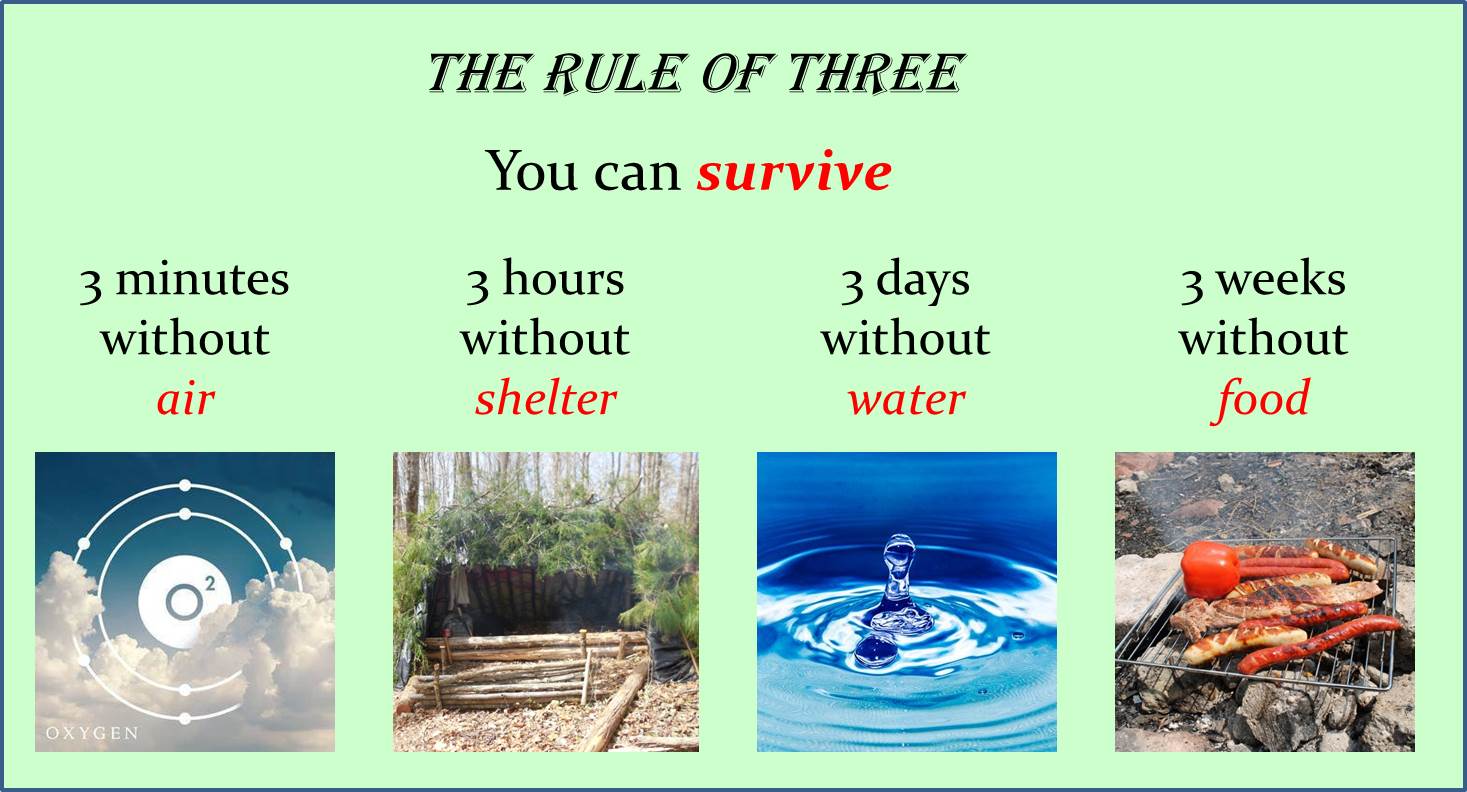

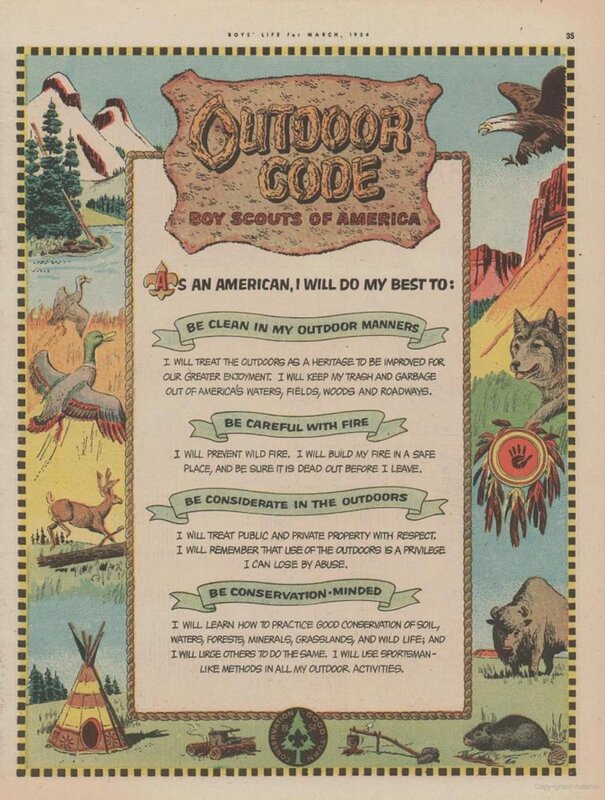
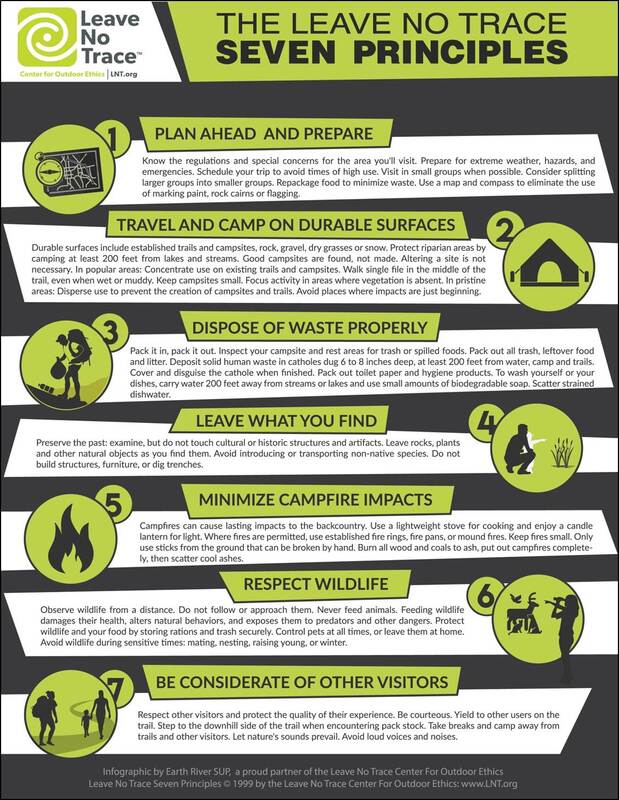

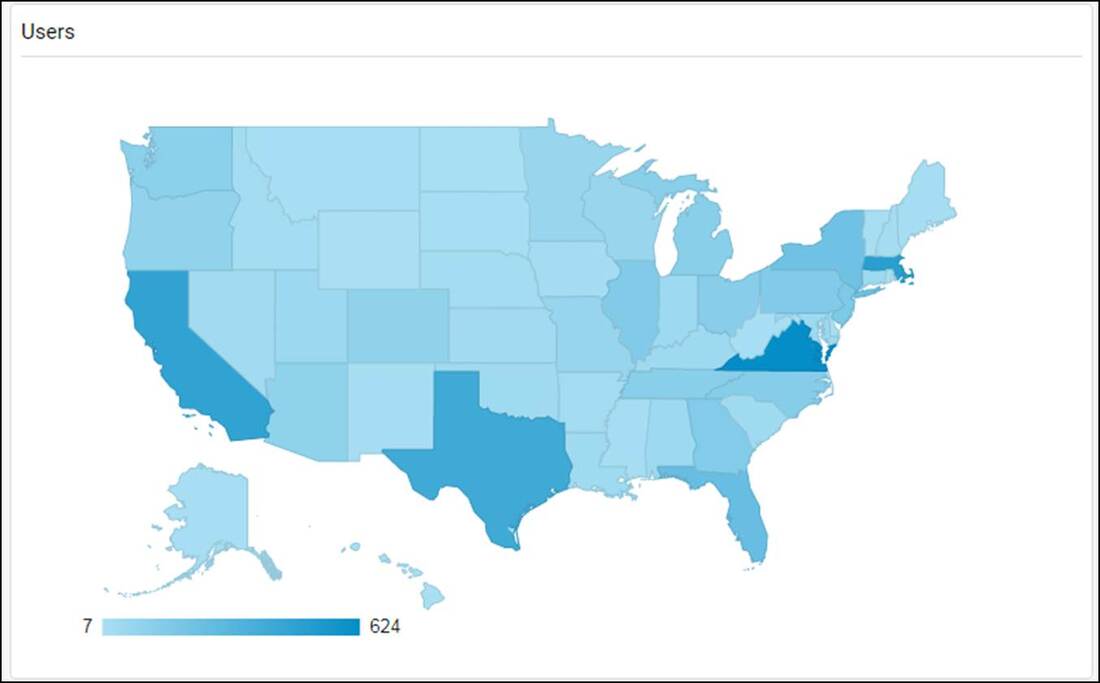




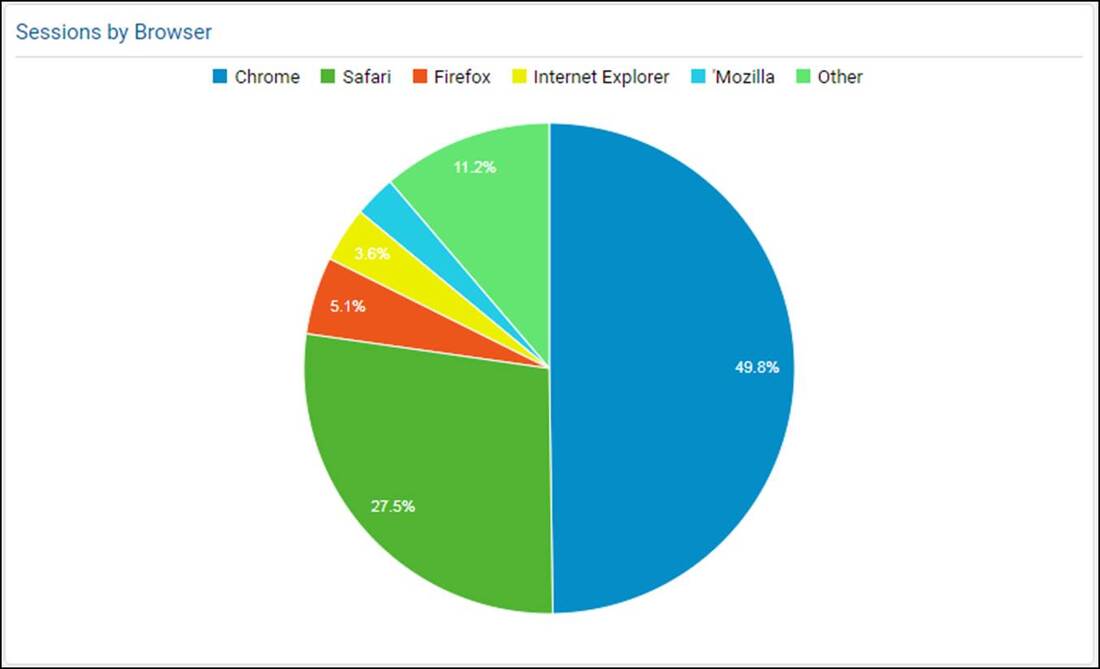

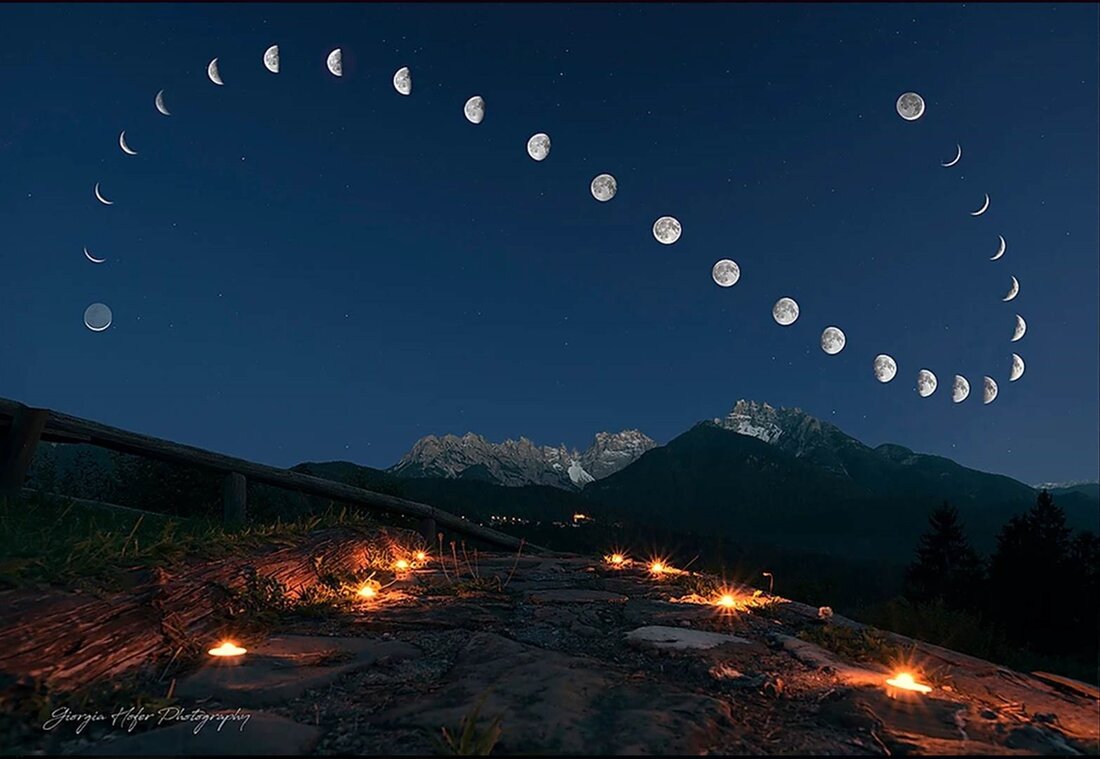

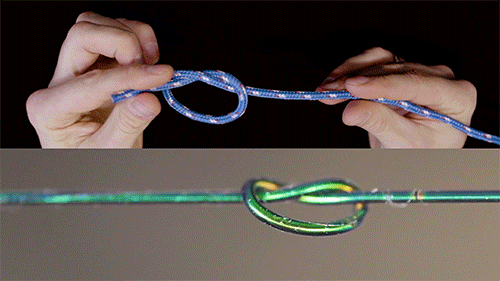
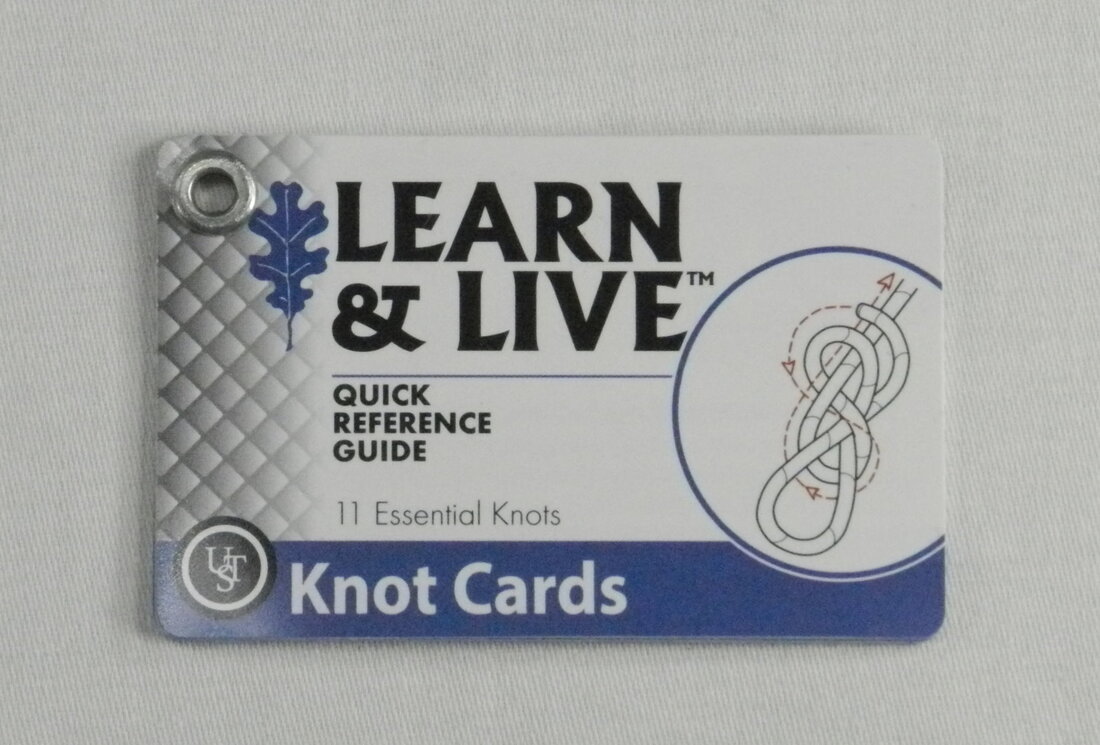


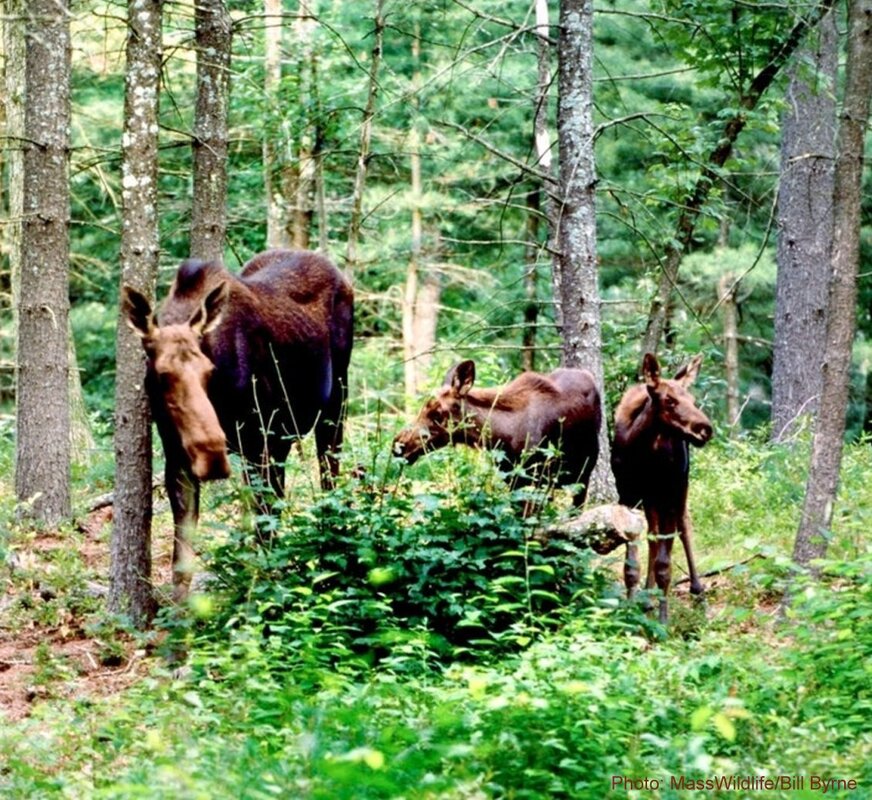
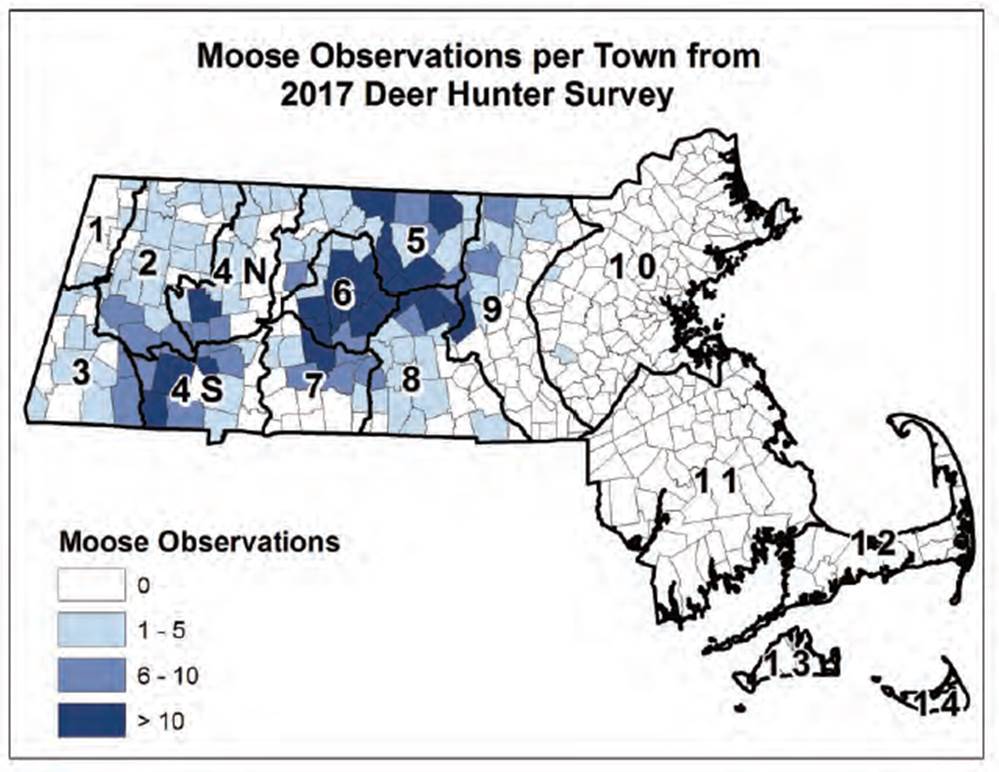
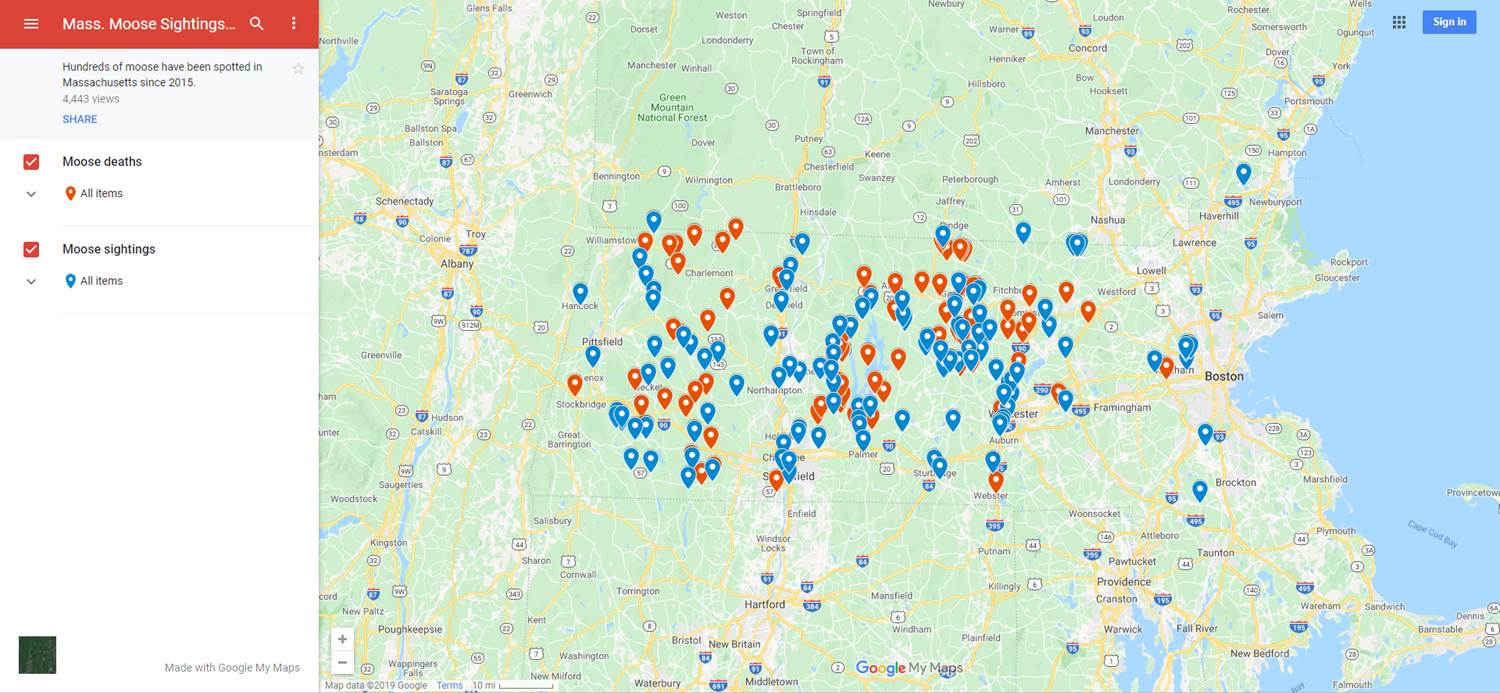



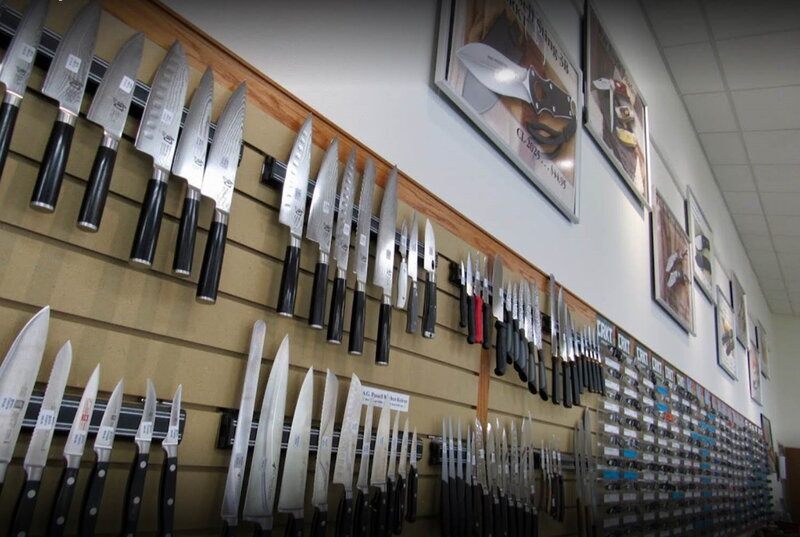


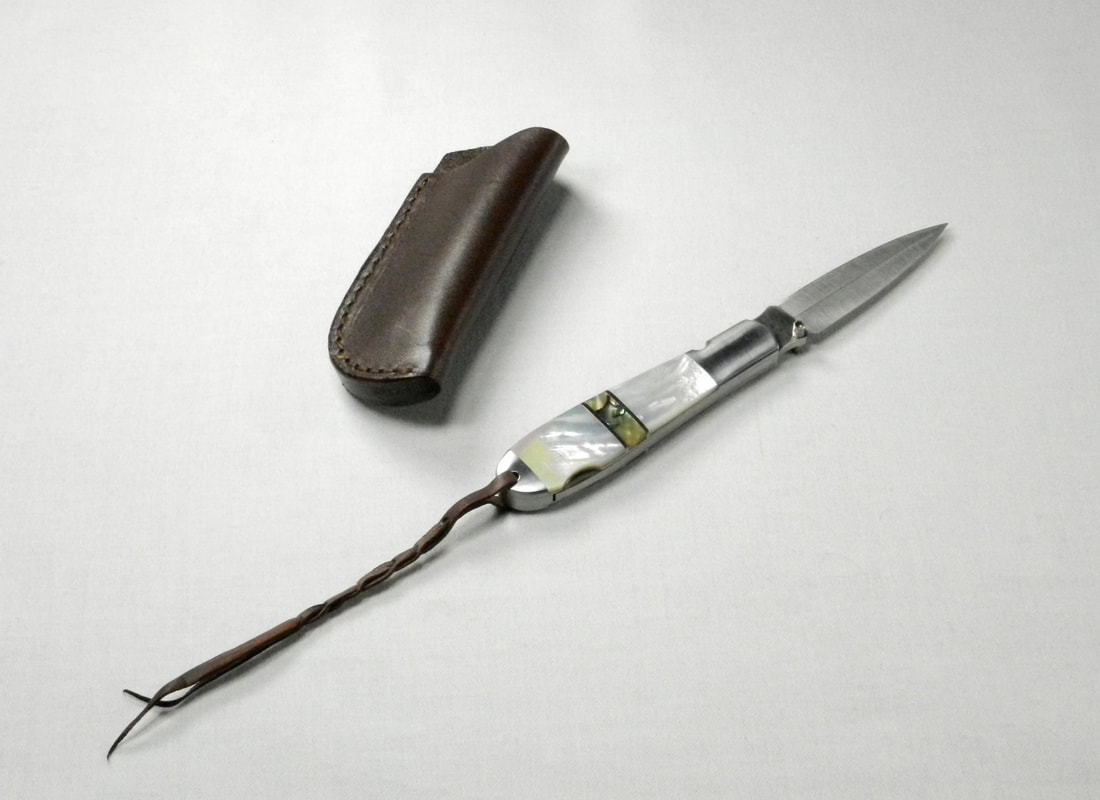



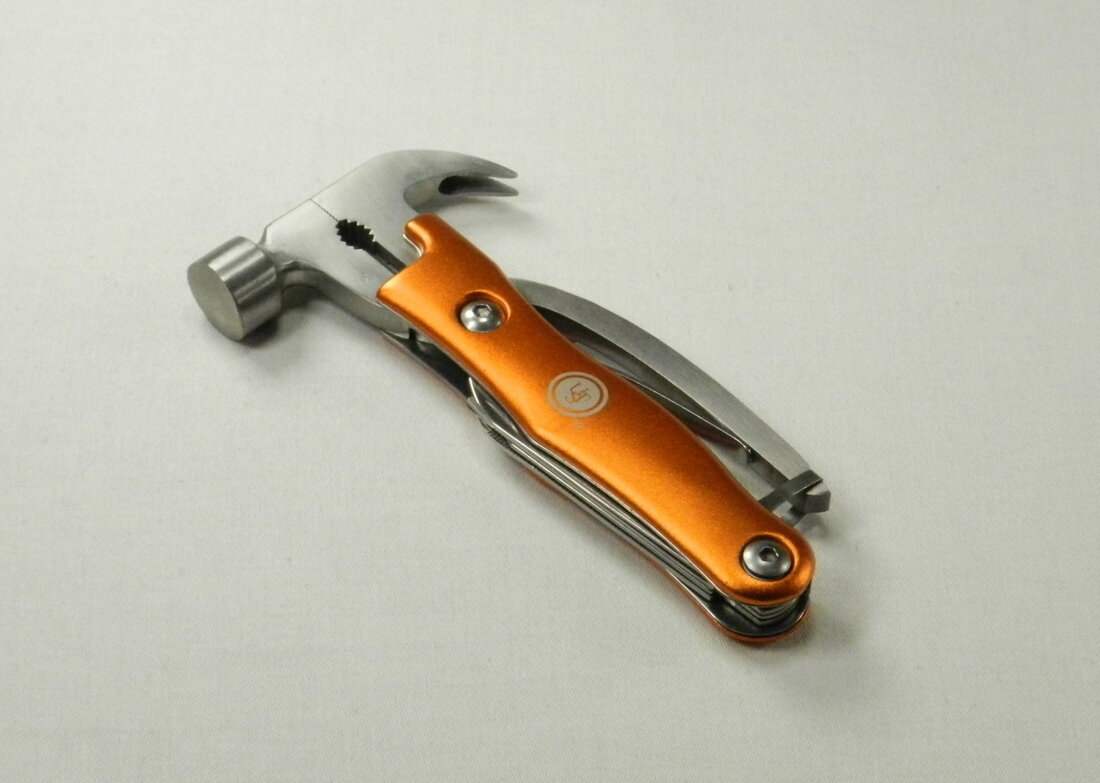
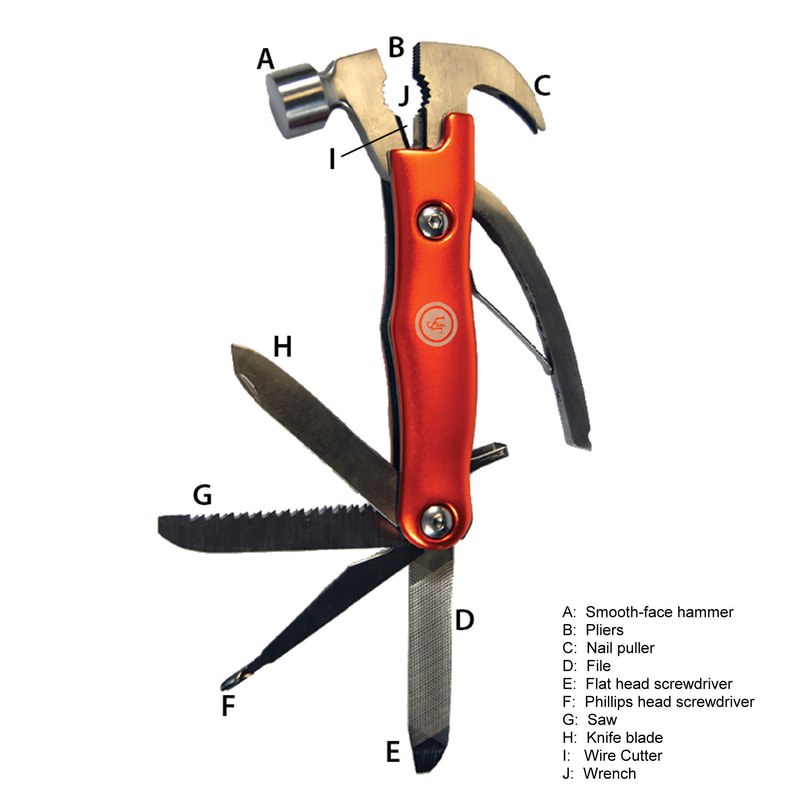

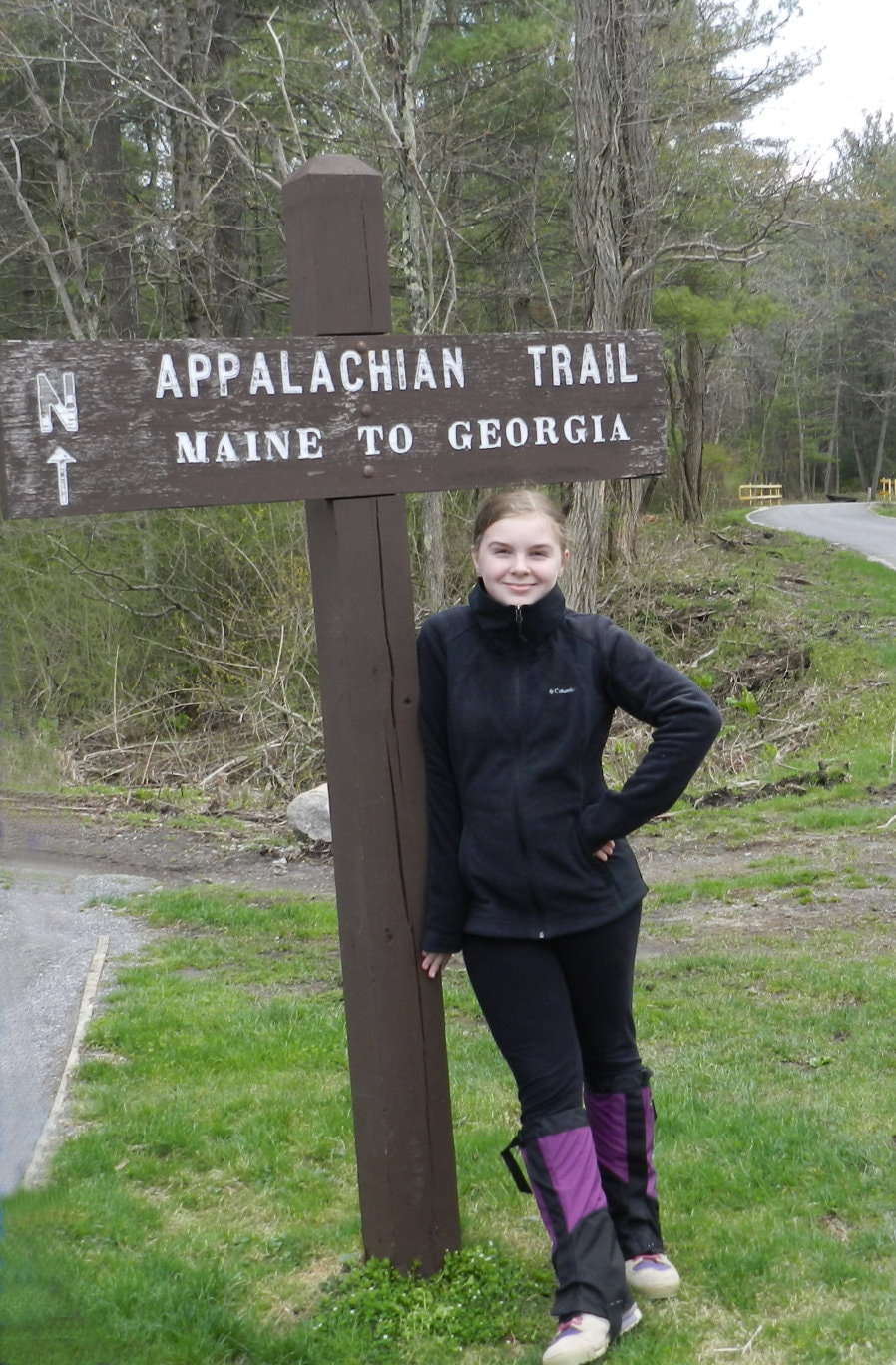
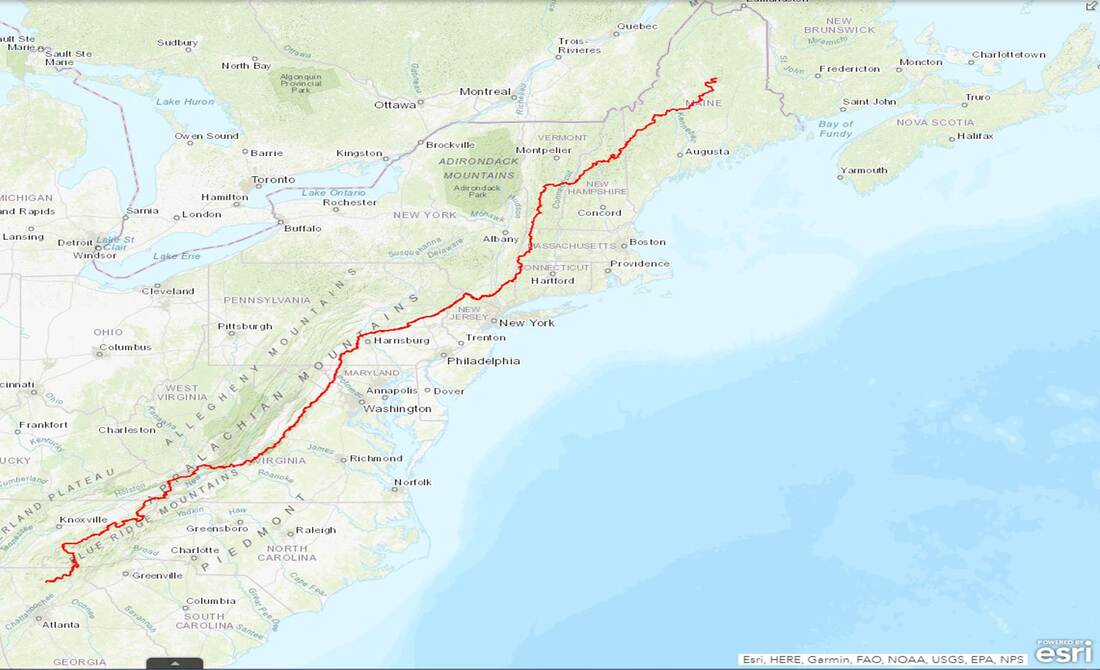

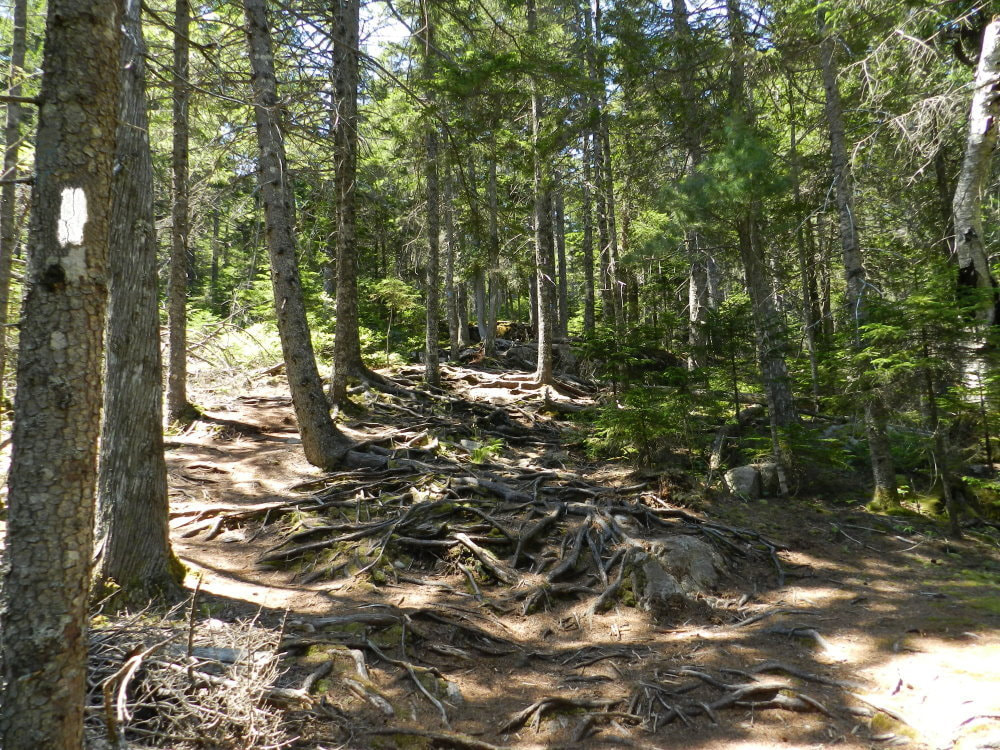

 RSS Feed
RSS Feed